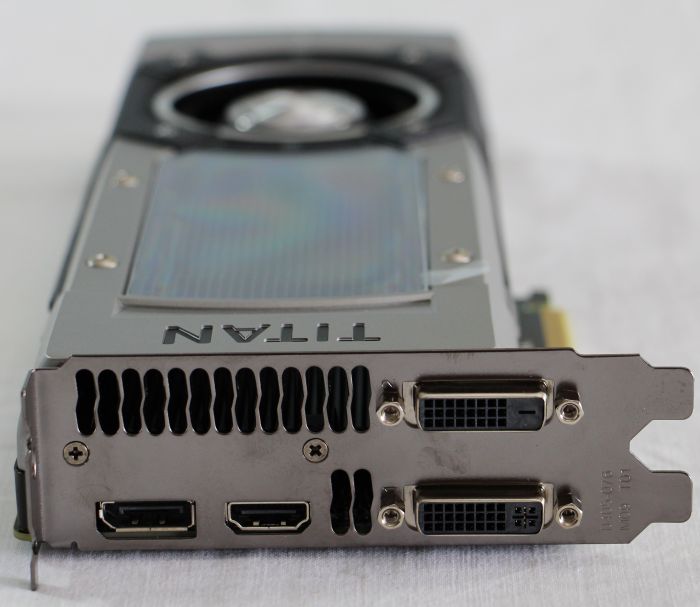
Then, we loaded Ubuntu 18.04 LTS onto a 1.6TB Intel SSD DC P3700. All four of its memory slots were populated with 16GB Corsair Vengeance LPX modules at DDR4-2400, giving us 64GB total. To facilitate deep learning testing, we set up a Core i7-8086K (6C/12T) CPU on a Gigabyte Z370 Aorus Ultra Gaming motherboard.
FP64 TITAN PROFESSIONAL
Because we ran professional visualization, deep learning, and gaming workloads, we ended up utilizing multiple machines to satisfy the requirements of those disparate applications. The 470mH coils offer greater inductance than the ones found on the GPU power phases, but they're completely identical in terms of physical dimensions.īenchmarking Titan RTX is a bit more complex than a typical gaming graphics card. The same FDMF3170 Smart Power Stage modules crop up yet again. Samsung’s K4ZAF325BM-HC14 memory ICs are powered by three phases coming from a second uP9512.
FP64 TITAN DRIVER
All 13 voltage regulation circuits are equipped with an ON Semiconductor FDMF3170 Smart Power Stage module with integrated PowerTrench MOSFETs and driver ICs. An integrated SMBus interface offers enough flexibility to optimize performance and efficiency, while also facilitating communication with the appropriate software. The output voltage is then precisely controlled to the reference input. This input is buffered and filtered to produce a very accurate reference voltage. The uP9512 supports Nvidia's Open Voltage Regulator Type 4i+ technology with PWMVID. Per uPI, "the uP9512 provides programmable output voltage and active voltage positioning functions to adjust the output voltage as a function of the load current, so it is optimally positioned for a load current transient." Of course, implementing all of this well requires the right components.įront and center in this design is uPI's uP9512 eight-phase buck controller specifically designed to support next-gen GPUs. That gives us Nvidia's lucky number 13 (along with a smart load distribution scheme). The remaining three phases to the left of the GPU are fed by the motherboard's PCIe slot and not doubled. With two control loops per phase, 5*2=10 voltage regulation circuits. Five phases are fed by the eight-pin connectors and doubled. Like the 2080 Ti Founders Edition, we count three phases for Titan RTX’s GDDR6 memory and a corresponding PWM controller up front. That 20W increase is no problem at all for the pair of eight-pin auxiliary power connectors found along the top edge, nor is a challenge for Nvidia’s power supply and thermal solution, both of which appear identical to its GeForce RTX 2080 Ti. Whereas GeForce RTX 2080 Ti Founders Edition is specified at 260W, Titan RTX is a 280W card. Lots of extra memory, a GPU with more active resources, and faster clock rates necessitate a higher thermal design power rating. Twelve of them give Titan RTX its 24GB capacity and 672 GB/s peak throughput. Samsung, on the other hand, does offer a higher-density K4ZAF325BM-HC14 module with a 14 Gb/s data rate.

Whereas GeForce RTX 2080 Ti Founders Edition utilizes Micron’s MT61K256M32JE-14:A modules, the company doesn’t have any 16Gb ICs in its parts catalog.


 0 kommentar(er)
0 kommentar(er)
